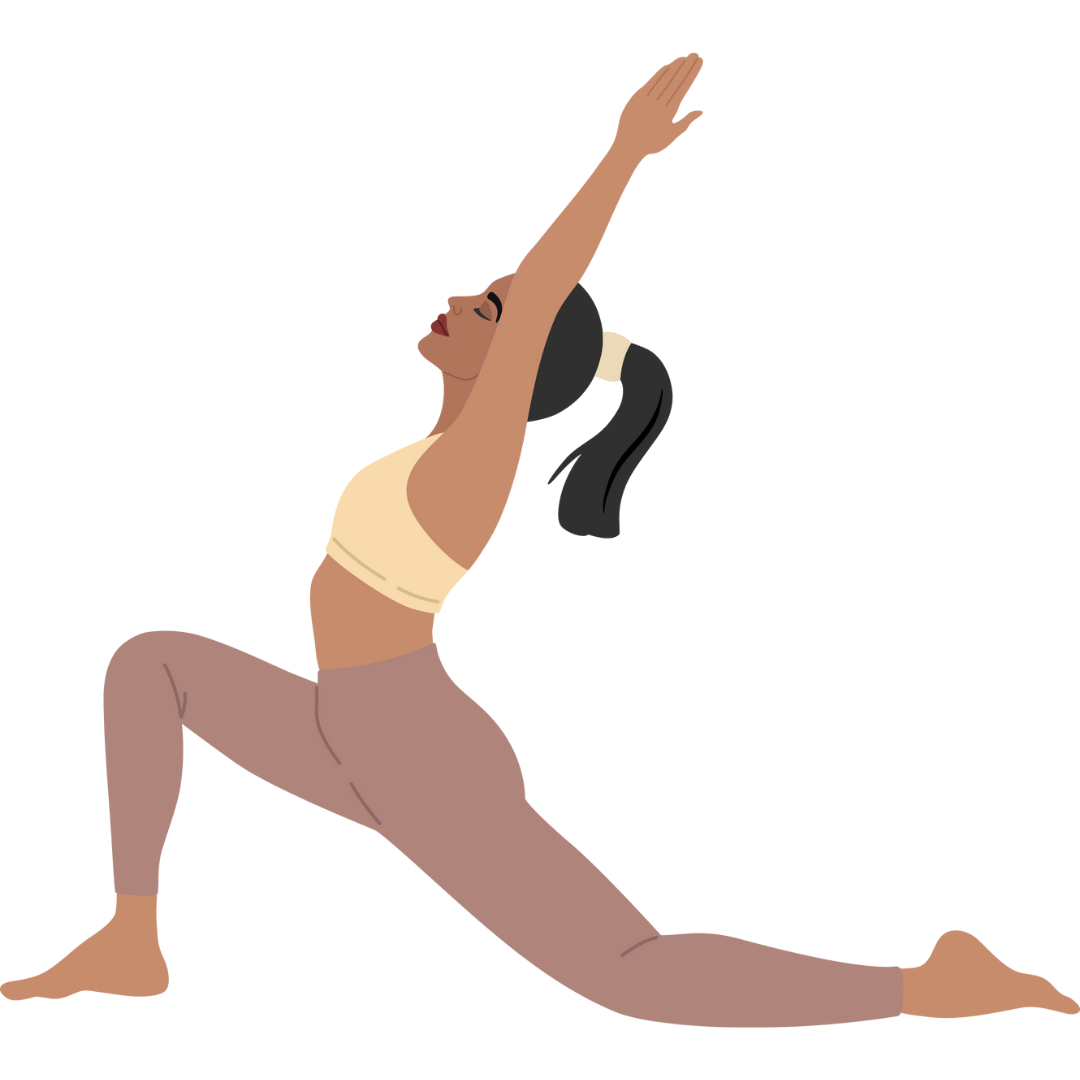Is Teaching Yoga Without Demonstrating a Superior Method?
This blog post was first sent to Jenni’s email list as an email newsletter. Sign up for the JRY email newsletter here!
Is cueing yoga poses verbally better than demonstrating them physically? This is commonly taught in YTTs, but does evidence support it?
It's common to hear that teaching yoga without demonstrating (or minimizing demonstrating) is superior to teaching with demos.
Yoga teacher trainees are often taught to "teach with your words and not with your body."
Is teaching without demonstrating actually a superior method, though?
Why Teaching Without Demoing is Supposedly Superior:
1) It's easier to have yoga students copy a shape they see you make than it is to articulate the same shape to them with your words. Therefore, demoing is a lazier method that’s basically a "cop-out" for the yoga teacher.
Response: Couldn’t we flip the script on this and consider demoing an efficient means of teaching (instead of lazy)? And isn't efficiency a good thing? As yoga teachers, do we always need to be taking the harder path?
2) If we're demoing a yoga pose, then we're not able to pay attention to our students.
Response: It's possible in many cases to both demo a pose and pay attention to students. The ability to do so can be honed with experience. Additionally, if we're forcing ourselves to work harder to figure out how to describe a pose verbally, could we potentially spend so much cognitive energy on this effort that we might not be paying attention to our students anyway?!
3) When we demo a pose, we pull our yoga students "out of their practice", disrupting their inward focus.
Response: Does watching a demo pull students out of their practice that much more than listening to spoken word? One's a visual input and the other is auditory. Either way, our brain has to pay attention to both! What's special about physical demoing in this regard?
4) By physically demoing, we'll use our body too much, leading to wear and tear on our joints and eventual pain.
Response: We can't apply this statement in a blanket way to all yoga teachers. Everyone's body is adapted to handle different amounts of load. Also, for some people, teaching a yoga class might be the only movement they get in a day. For most of us in this sedentary society, moving our bodies more is actually a good thing!
We also know from research that we learn better when we both watch someone perform a task and practice that task compared to when we just practice the task.
This is thought to be because of "mirror neurons" in our brain, which activate both when we perform a movement and when we watch someone else perform that same movement. How cool, right??
Finally, if we exclude physical demos from our yoga teaching, we make our class less accessible to
students who may be hard of hearing
students for whom the language in which we're teaching isn't their native language.
I’m certainly not suggesting that we practice and demonstrate the entire class we're teaching. Not at all!
But at the same time, the evidence doesn’t support teaching without demonstrating as a superior strategy, as some have made it out to be!
In episode 16 of the Yoga Meets Movement Science podcast, we discuss all of this (and a ton more!) with much more nuance and detail than I can fit into a single short blog post.
Join us for this engaging and informative discussion, yoga geeks!









